Lancia once dominated the World Rally Championship, and its HF-badged Integrales were icons of their era. Now, the badge is back.
The Italian carmaker has slowly been building its brand once more, having most recently been resigned to an Italy-only company with one ageing model on sale.
That’s beginning to change, with the launch of a new Ypsilon (the brand’s hatchback and sole model) last year signalling the start of an evolution, but now it’s looked back to the past for its future flagship.
The Lancia Ypsilon HF was revealed last week as the latest HF-branded vehicle from the manufacturer, following in the footsteps of the Delta hatch which won 46 rallies between 1987 and 1992, across which period it also won every constructor’s title and four driver’s titles.
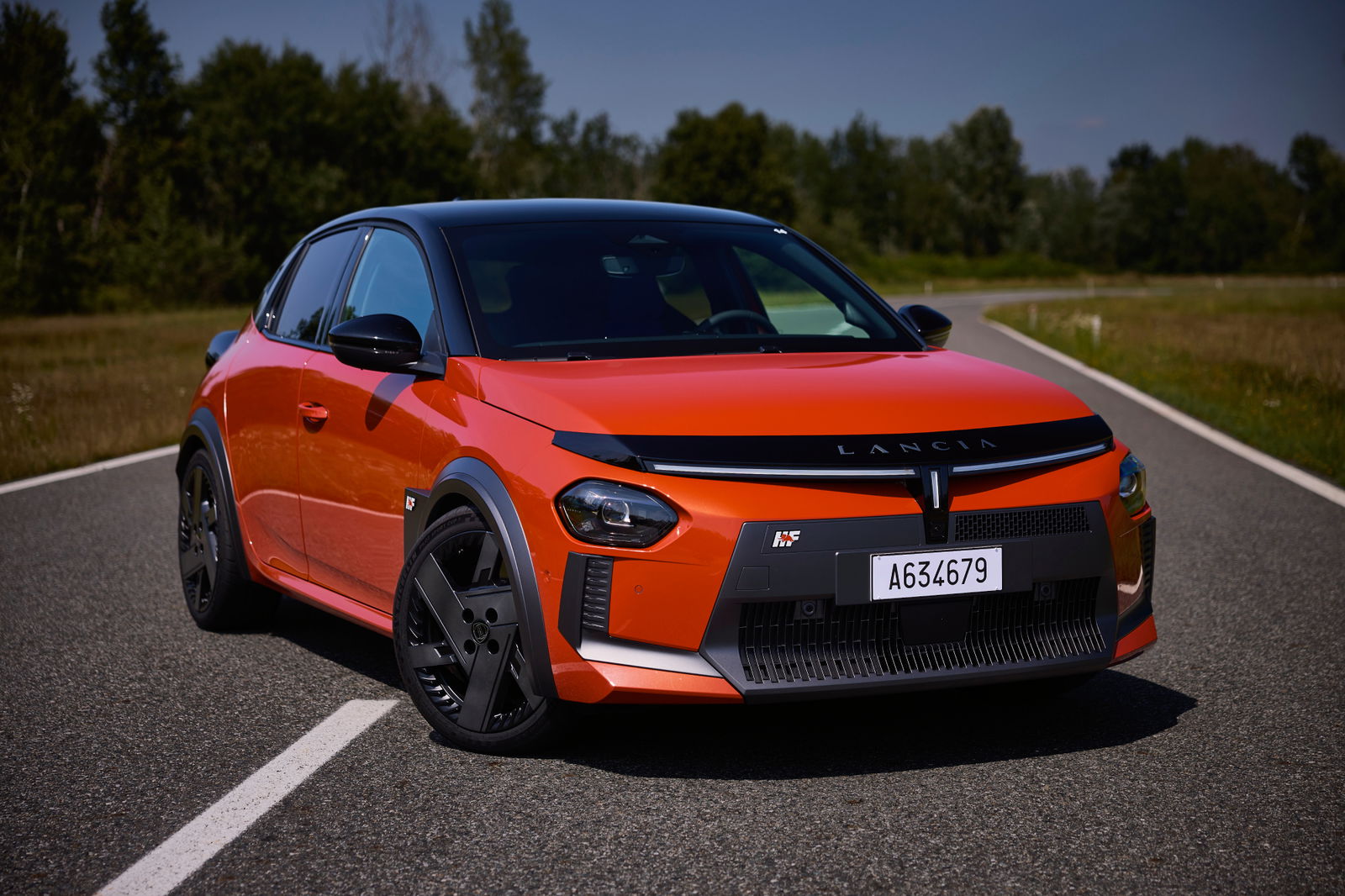
However, while its spiritual predecessor was powered by a hot turbocharged four-cylinder engine, the new Ypsilon HF is an electric vehicle.
A 206kW and 345Nm electric motor drives the front wheels, allowing the Ypsilon HF to accelerate from 0-100km/h in a respectable 5.6 seconds. A Torsen limited-slip differential features, helping to put those outputs to the ground, while Alcon brakes (with four-piston calipers and 355mm rotors at the front) aid it to a stop.
The electric motor is fed by a 54kWh gross capacity CATL battery, providing up to 370km of range.
If any of those figures seem familiar, it’s because they’re identical to the new Peugeot e-208 GTi, which uses the same motor and battery, though only achieves a claimed range of 350km.
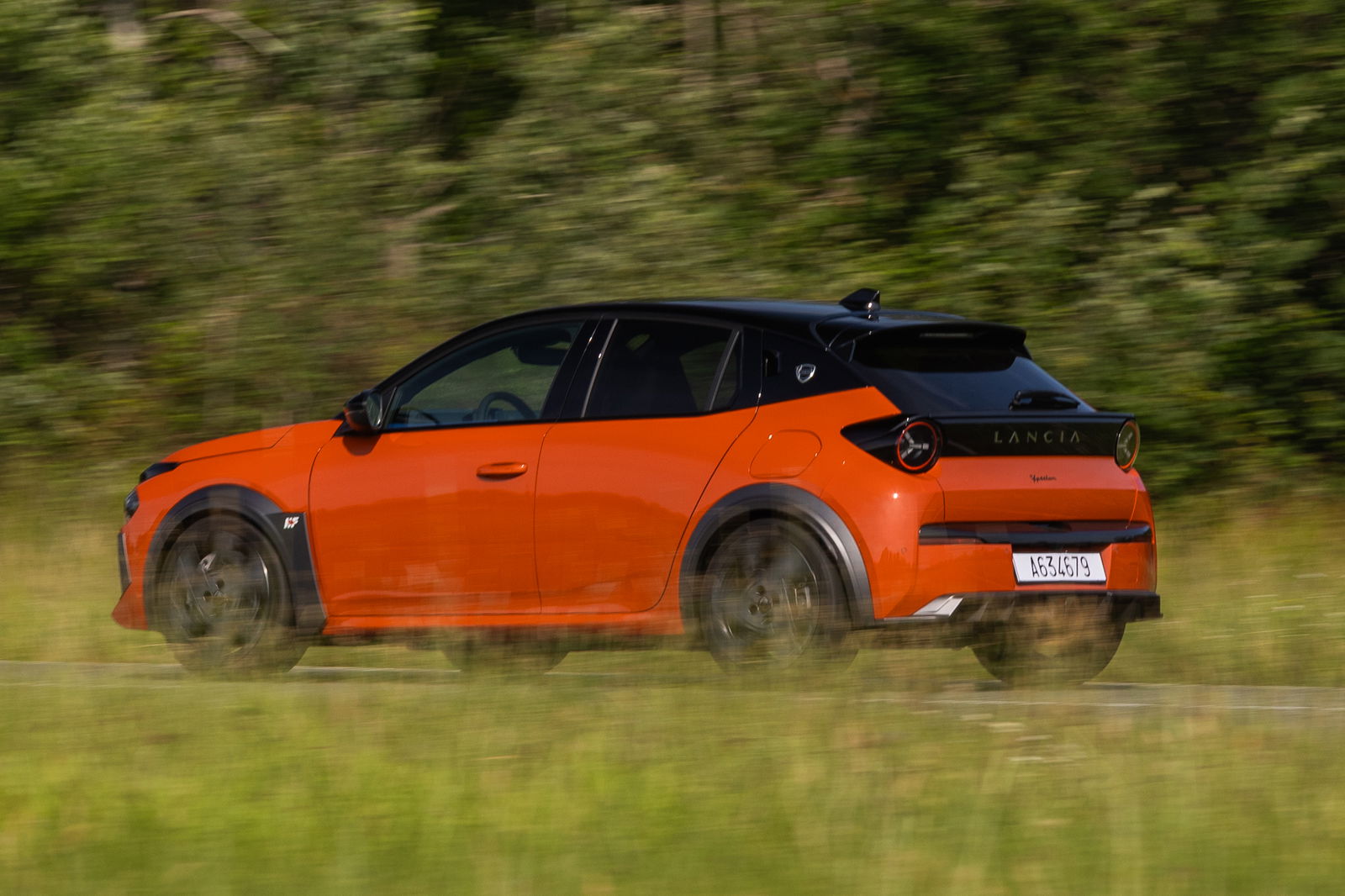
Like many other EVs, its battery can also act as a portable power source thanks to its vehicle-to-load (V2L) function, while it can be charged at up to 100kW with a DC fast-charger.
Compared to the standard Ypsilon electric hatch – which only produces 115kW from a 51kWh battery – the HF sits 20mm lower, features a 30mm wider track, 18-inch wheels, unique styling elements (including Stratos-inspired tail lights) and dark badges.
Lancia claims it’s two-thirds more rigid at the front and more than one-and-half times stiffer at the rear, making this more of a corner monster.
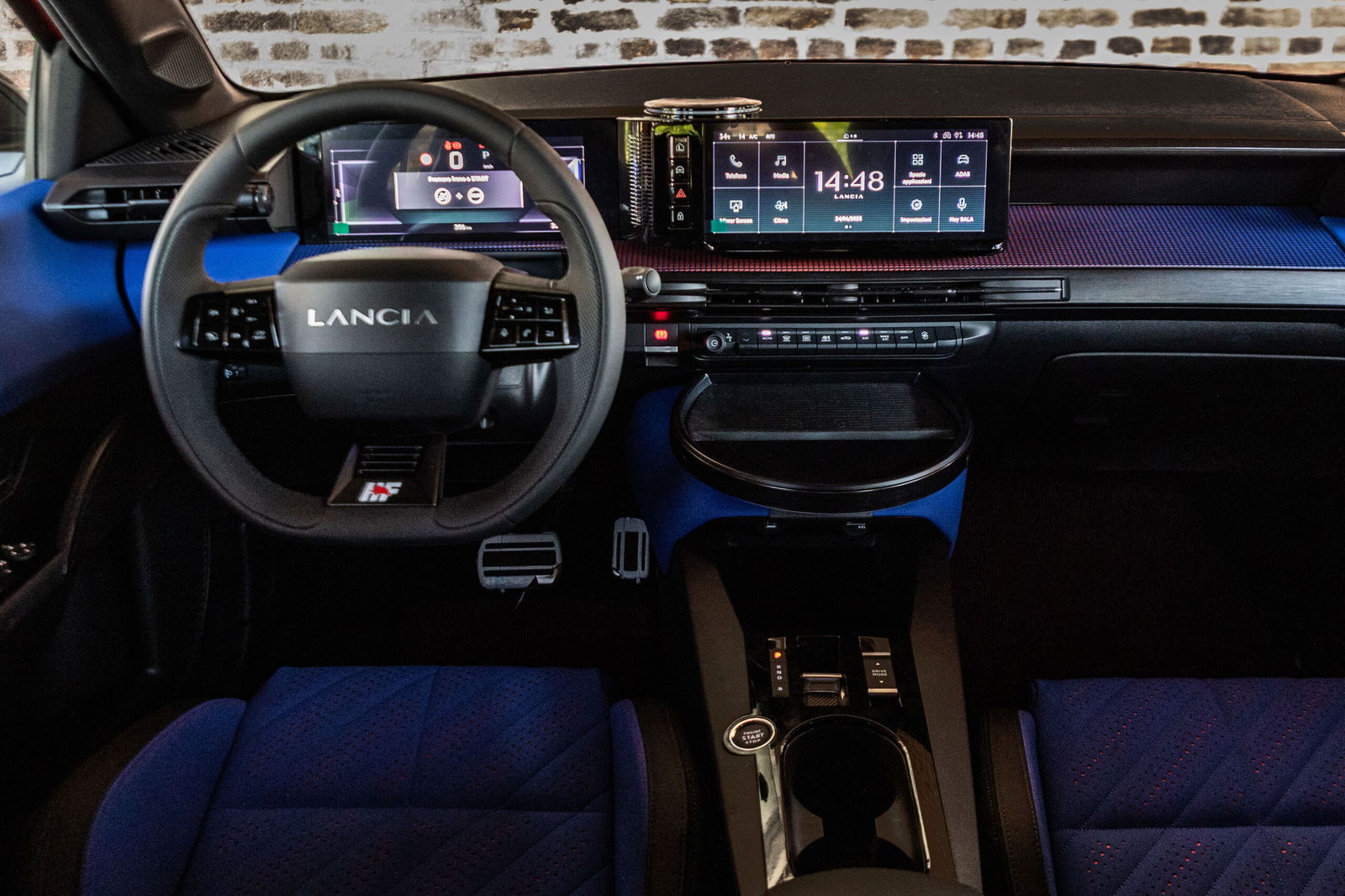
Inside, Lancia says its laser-cut Econyl sport seats were inspired by those on the Delta Evoluzione, while its perforated leather steering wheel, aluminium pedals and screen graphics are unique to the HF.
Buyers can choose between three paint colours – Nero Ardesia, Bianco Quarzo, and Arancione Lava, the latter of which is said to be a “tribute to the legendary Fulvia and Stratos race cars”.
Of course, if you like your Lancias with an engine, there is also a watered-down HF Line, made in the spirit of similar offerings from Hyundai’s N Line and Mercedes-Benz’s AMG Line divisions.
Visual improvements are minimal over the base car and are all purely cosmetic, while its 1.2-litre three-cylinder mild-hybrid engine produces just 81kW, and is mated to an automatic transmission.
As such, Lancia quotes a 0-100km/h time of 9.3 seconds, which it says strikes “the perfect balance between performance and sustainability”.
Neither Lancia is set to come to Australia, as the brand is only available in Italy, though given its success in the local market has often been greater than its international siblings such as Alfa Romeo, never say never.



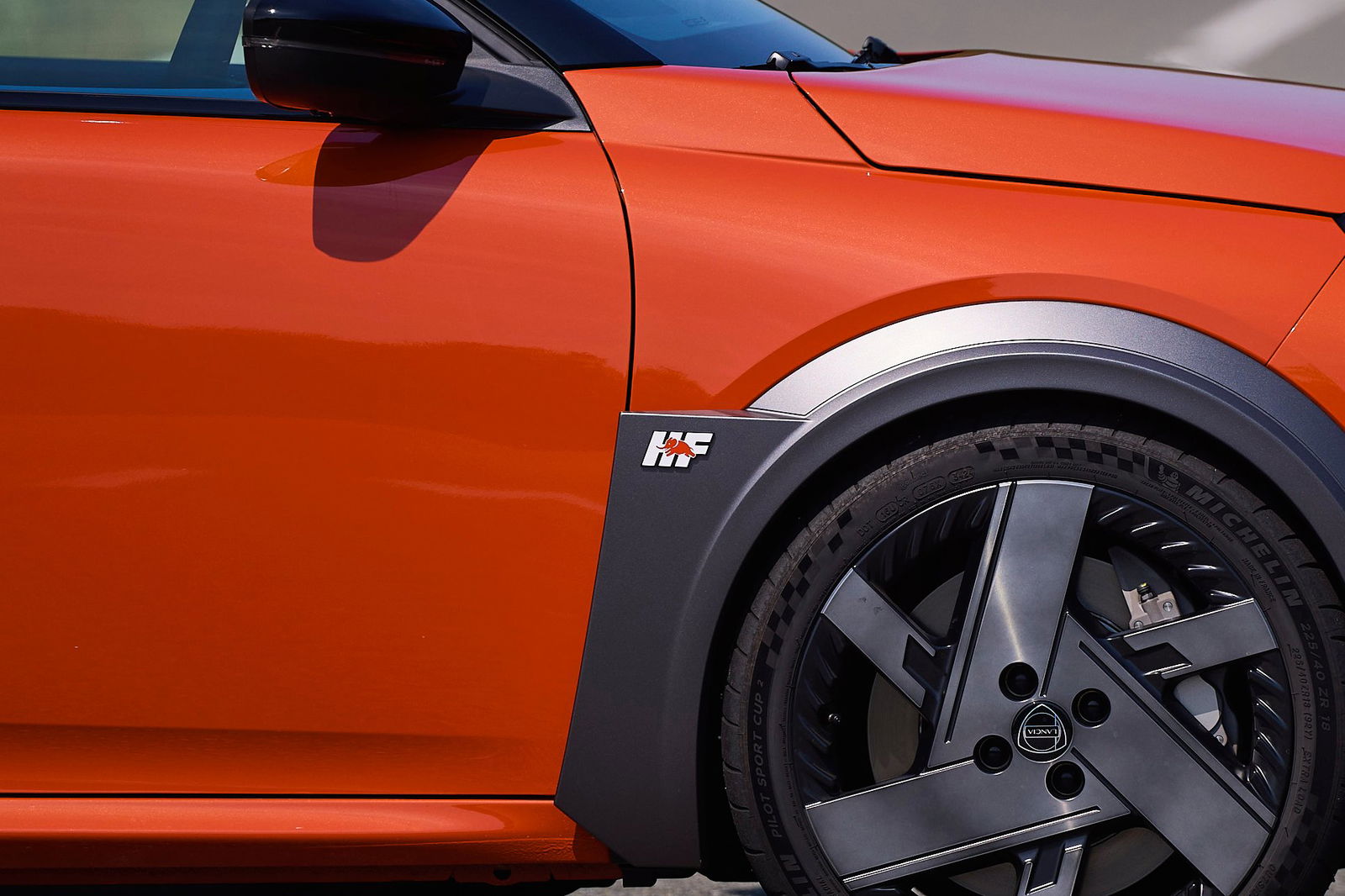
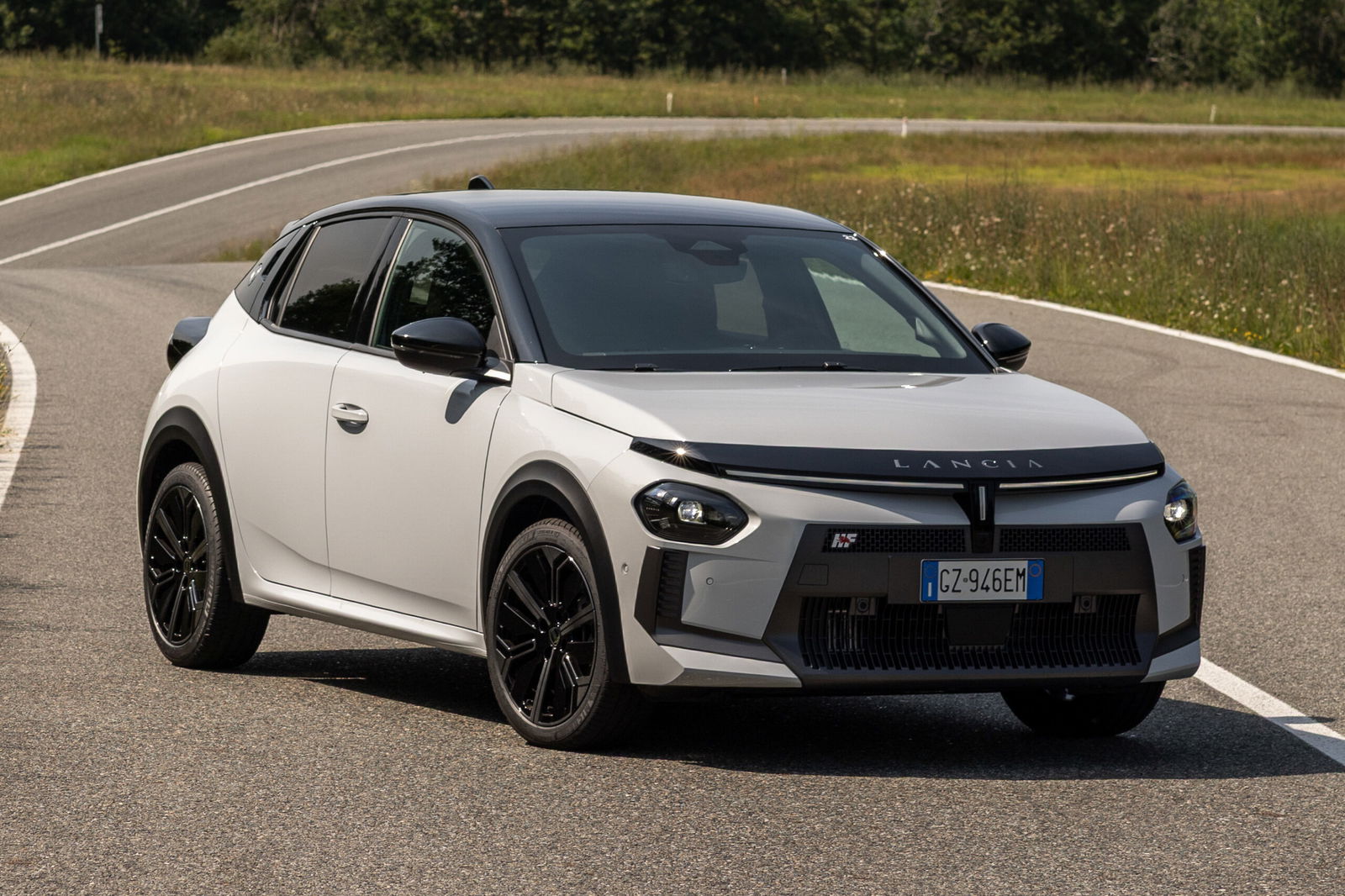
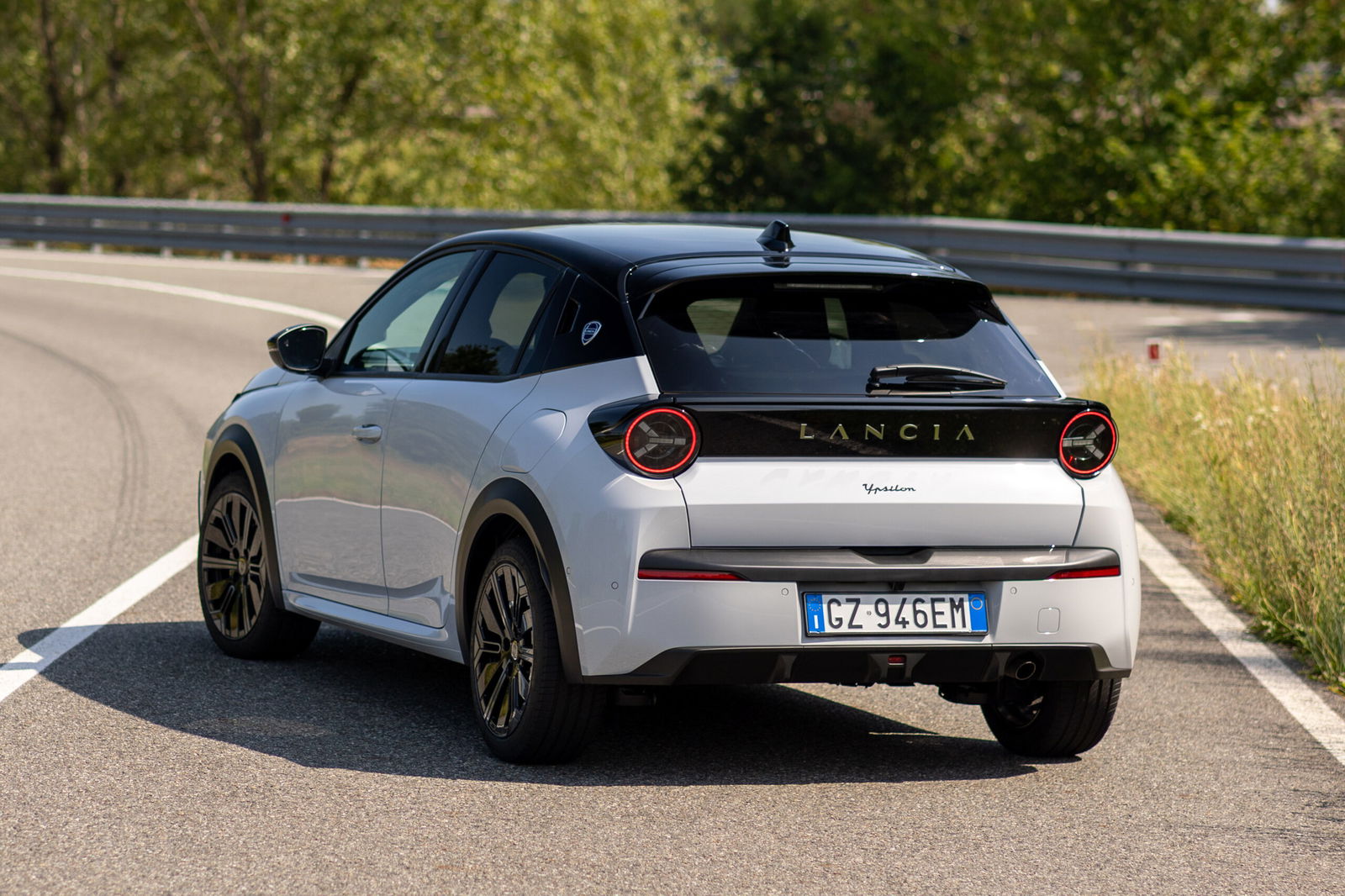








Discussion about this post